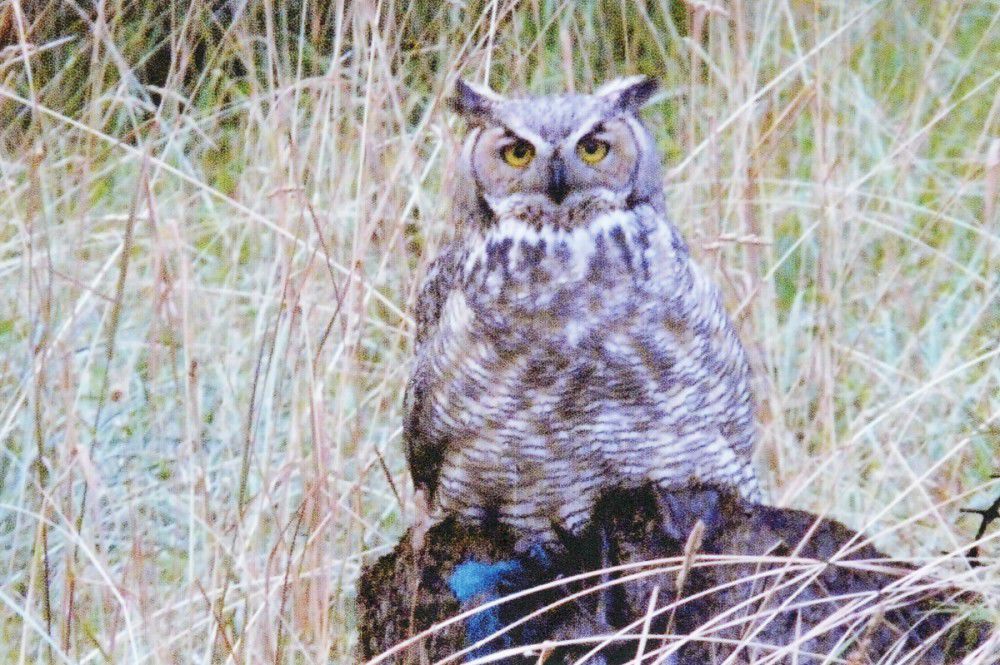Great horned owl a good hunter
Published 5:00 pm Tuesday, October 2, 2012

- <p>The great horned owl is a mighty hunter, preying on mice, rabbits, muskrats and skunks.</p>
One morning while I was in my den typing, something caught my eye about 40 yards from my window. I had to get my binoculars to identify it as a great horned owl. And I think he just swallowed a mouse which was the movement that enabled me to see him.
For those who dont know these huge owls feeding habits, they swallow the mice and other small rodents whole and later regurgitate pellets that contain the undigestible parts of their prey. The owl pellets give biologists a way to determine their diet.
Trending
Even though mice make up the largest part of their diet, these horned owls are big enough to prey on rabbits, muskrats and skunks. When a mother skunk takes her babies out at night to teach them to find food, the little skunks become food for the baby owls.
Baby skunks are easy pickings for adult owls, who apparently dont have olfactory glands.
Great horned owls are the earliest nesters of all the raptors I know. They lay their eggs in February and quite often they take over the nests that were built by redtail hawks. In the scheme of natures harmony, these owls that live in the deep woods, raise their owlets at the same time the wild rabbits are born.
Two vital senses in great horned owls are better than in any other bird of prey. They possess a keener sense of hearing and more acute night vision.
It has been proven that these owls can catch mice by sound alone even in total darkness. Those of you who live near a forest can go outside next January and hear the loud hooting of great horned owls as their mating season begins.
Incidentally, I was able to walk within 20 yards of this owl who was sitting on a tree stump just staring at me when I took this photo. When I tried to get closer, he flew away.
Trending
He is more than welcome to help rid our place of mice and skunks as we dont have any cats because they try to kill our songbirds.









